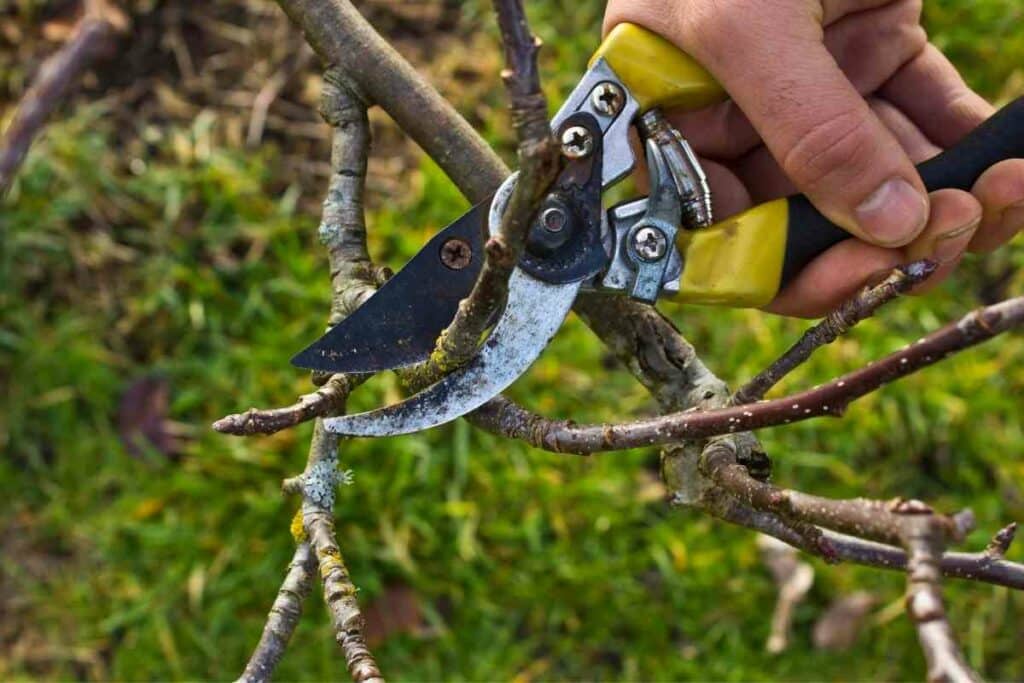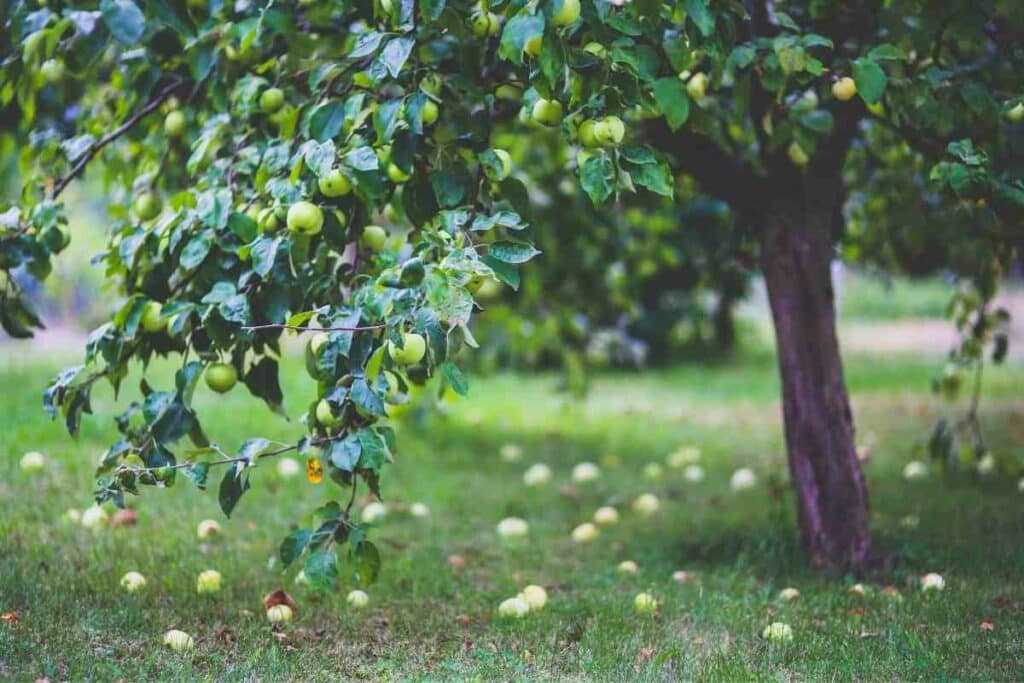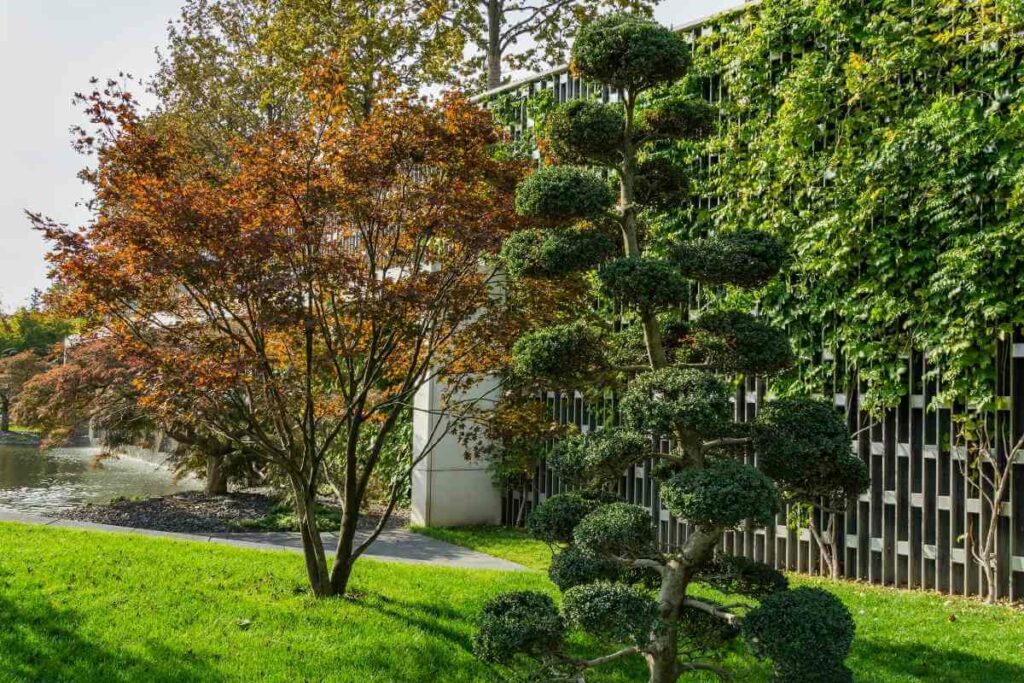Majestic, oxygenating monster of the plant kingdom, the Tree is the most enduring lifeform on planet Earth.
First appearing more than 500 million years ago, their impact on the atmosphere was significant. Considered guardians of our very ability to breathe, the king of the plant world dominates, existing in over one hundred thousand different species.

They are so resilient that they can live thousands of years. Residing in Nevada, USA, is a tree which is over an astonishing 4,000 years old!
Named Prometheus: it is one of the oldest, documented living organisms known to Humanity. They are and create wildlife habitats, they are used in a multitude of ways and are arguably the most versatile plants from a human perspective.
Even cutting their branches (correctly of course), only serves to make them stronger.
From younglings to fully formed trees, any of these illustrious plants can be encouraged to develop new branches and even grow taller and/or wider.
Why Cut a Tree’s Branches at All?
Like any other plant, trees may need to be pruned for various reasons.
Branches can be damaged by severe weather; some suffer damage from animals, insects and fungi; whilst some grow so large and so dense that lower branches fail to reach the Sun and wither as a result.
People also prune trees because they become an eyesore, a nuisance or they just want to shape them for aesthetic purposes.

Whichever reason has brought you here, there is a right way – depending on the size of the tree.
Colossal trees, with enormous branches, should be left in the capable hands of a professionally trained Tree Surgeon (Arborist) but, if you have yourself a modest and manageable tree, here you will find some guidance on how to do it most effectively and safely.
You must also consider the fact that, in England, trees can be protected by legislation and can even require planning permission or a Felling licence to chop down.
First Step: Check with your local authority, should you plan to alter or cut down any tree. Failing to do so, could result in prosecution – in the worst-case scenario.
Lower Branches
Lower branches sometimes need to be pruned because they cannot grow effectively enough to reach sunlight for their own survival.

Higher branches overshadow them. Inactive branches, not only look displeasing but they also diminish the tree’s overall strength, as all branches do.
However, a failing branch will cause a tree unnecessary stress.
Removing it, in this case, would be necessary and often unavoidable. The same can be said for damaged branches and those which are unfortunately rotting.
There are, however, certain circumstances and rules to be followed, in order to ensure that your tree isn’t damaged beyond repair.
When Not to Remove Branches
It is always best not to remove branches if, for example: the removal will leave a substantial wound; or it will result in a large amount of leaves being taken along with it.
If so, then the tree could be left open to, starvation, disease and even death.
The final incision should not leave behind a wound with a size which is in excess of that of the circumference of the main trunk, mothering branch, or stem.
It should be smaller, in order to ensure the tree will be strong enough to survive the amputation.
Cutting Branches
Removing a branch can be a tricky process.
Simply chopping them down, is possible but may result in irreversible damage.
Cutting from the top of a branch can lead to the weight of it forcing it to break, prematurely; causing significant damage to the tree; often pulling off much needed bark, and can even create a deep wound.

Each branch has what is referred to as a bark ridge (lower) and a branch collar (upper), situated where the base of the branch meets the trunk or mothering branch.
Best Practice: As with pruning any plant, the incision should be made at an angle, leaving a diagonal wound, from the lower ridge to the upper collar. This allows for more control over the cutting process and leaves less of a chance of the tree splitting and suffering damage.
Timing Is Key
It is recommended that branches should be removed only when the leaves are ready and hardened – this is best between the latter end of Spring and the end of Summertime.
Should you prune in early Spring, for instance, they are most likely to bleed and lose precious nourishment, in the process.

Trees in the family of Prunus – which includes many fruit-bearing trees like the Cherry species, Plum, Peach and even Apricot – even need the Summertime because they produce resin which aids in their fight against diseases, resulting from pathogens which are common in tree wounds.
Leaving the tree with an exposed wound, in frosty weather, is also not a recommended course of action.
Topping Trees Vs Crown Reduction
Reducing the crown of a tree is preferable to what is known as ‘topping’.
This brutal procedure reduces the tree to a bare form – encouraging new growth because the tree has little choice for its own survival.
For some plants, topping is considered useful and can, in a minimal number of cases, increase the yield of a plant.
Topping a tree, leaves it with multiple open wounds, risks of which have been previously discussed.
Although some sources champion Topping as a rejuvenating process which stops branches competing for space, as well as having many other alleged benefits – a number of sources refer to this as simply a myth.
Prune, carefully, to reduce a tree’s crown: cutting it back minimally and removing only small sections.

This is considered a healthier option, even for an unhealthy tree with multiple damaged parts.
Of course, there are times when topping is an unavoidable outcome, but…this should always be a last resort if the desired outcome is to inflict as little harm as possible.
Think Twice: Topping a tree can literally starve it and not all trees can recover from such tragic amounts of damage.
Things to Remember
- A branch will never miraculously come back. Once it’s gone, it’s gone but a new branch may replace it from newly growing buds which surrounded it.
- Fertilize following any pruning you carry out, in order to aid the growth of new branches further.
- Do not cut into the trunk, when removing branches. Leaving some branch wood will help protect the trunk and promote healthy growth.
- Dependant on a various number of factors, your tree may not grow new branches very quickly. Patience is key – it could take a while.
- Cut only the main shoot of the branch at the closest growth point, unless totally unavoidable.
- Use the right tools for the job – whether that a set of pruners, long-reach pruners, a chainsaw for thicker branches or even if this means hiring a qualified Tree Surgeon.
- Keep an eye on younger trees and prune regularly. This proactive approach will ensure you spot any possible conflicting branch growth, allowing you to remove a crossing branch early.
- Finally, reduce a tree only ever by a maximum of a third of its overall size. Each branch should be reduced by one third each, at the most.
Final Thoughts
Don’t think of cutting branches as destructive, think of it as rejuvenation.
If a branch has been damaged in storms or high winds, there are always ways to help it regrow and become even stronger in the future.
Most trees will not die or suffer too much if they lose a branch or two and even if they lose a significant number of branches.
Trees and bushes can overcome even the harshest of natural conditions and will rise again even against all the odds.


